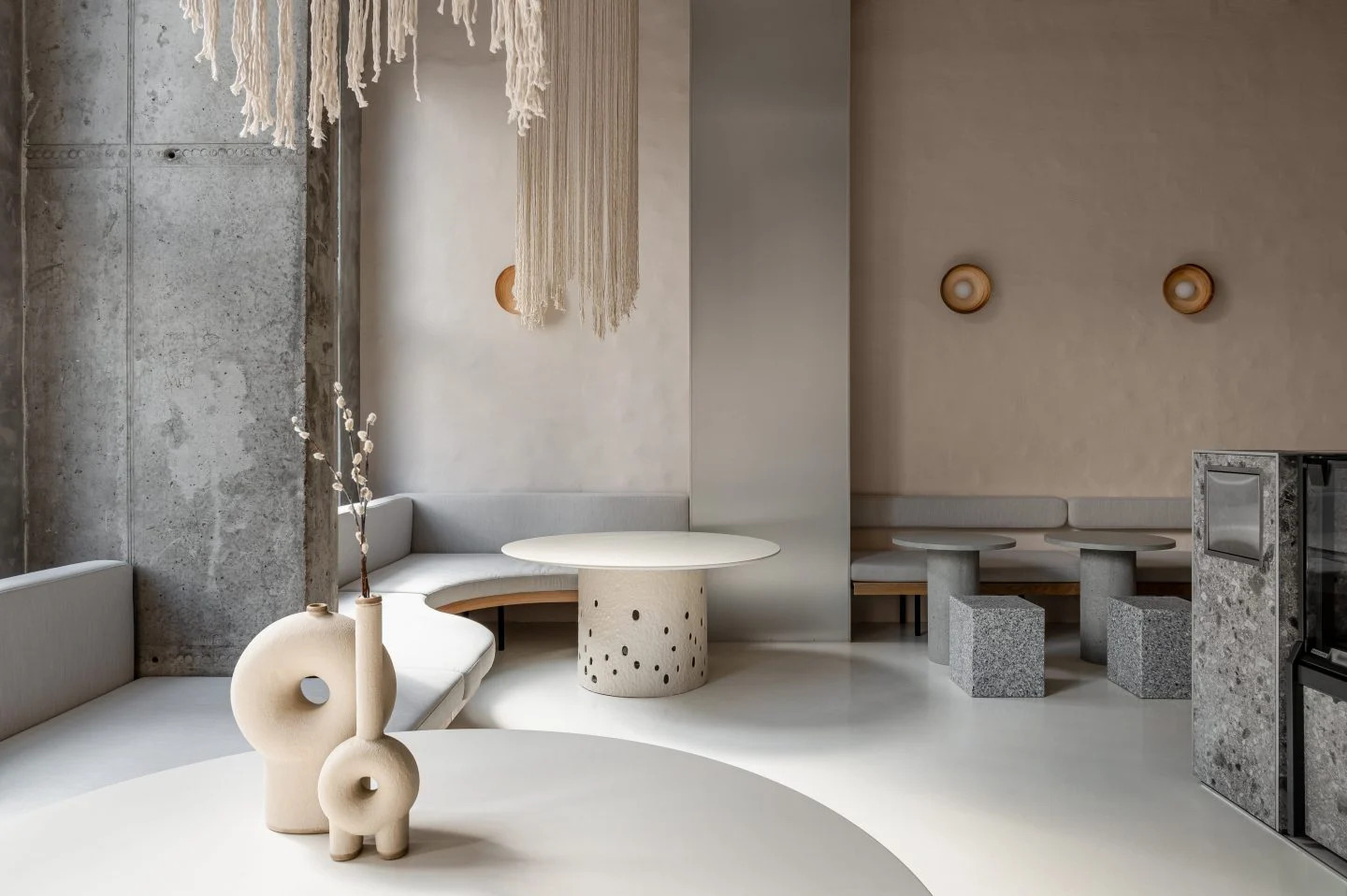- Home
- Articles
- Architectural Portfolio
- Architectral Presentation
- Inspirational Stories
- Architecture News
- Visualization
- BIM Industry
- Facade Design
- Parametric Design
- Career
- Landscape Architecture
- Construction
- Artificial Intelligence
- Sketching
- Design Softwares
- Diagrams
- Writing
- Architectural Tips
- Sustainability
- Courses
- Concept
- Technology
- History & Heritage
- Future of Architecture
- Guides & How-To
- Art & Culture
- Projects
- Interior Design
- Competitions
- Jobs
- Store
- Tools
- More
- Home
- Articles
- Architectural Portfolio
- Architectral Presentation
- Inspirational Stories
- Architecture News
- Visualization
- BIM Industry
- Facade Design
- Parametric Design
- Career
- Landscape Architecture
- Construction
- Artificial Intelligence
- Sketching
- Design Softwares
- Diagrams
- Writing
- Architectural Tips
- Sustainability
- Courses
- Concept
- Technology
- History & Heritage
- Future of Architecture
- Guides & How-To
- Art & Culture
- Projects
- Interior Design
- Competitions
- Jobs
- Store
- Tools
- More
Marble, Wood, and More: Main Materials of Interior Design

The field of interior design is deeply entrenched in the appreciation of various materials. Each material carries its unique aesthetic value and properties, often significantly influencing the overall ambience and functionality of a space. Among the diverse range of materials, a few classics, such as marble and wood, have stood the test of time due to their enduring appeal. Let’s delve deeper into understanding these materials and how to combine them effectively to create harmonious interior spaces.
Marble: The Epitome of Luxury
Marble is synonymous with elegance and opulence, offering a high-end appeal that is hard to match. This metamorphic stone, with its distinctive veining and wide range of colors, adds a touch of sophistication to any space. Despite its reputation for luxury, marble’s diverse visual appeal can be tailored to fit almost any design style, from minimalistic and modern to classic and traditional.
However, marble requires careful maintenance as it is susceptible to scratching, staining, and etching. Using sealants and ensuring prompt cleanups can help maintain the beauty of this stone.

Wood: Warmth and Versatility
Wood is a timeless material that has been used in interior design for centuries. The warm tones and grain patterns of wood can create a sense of comfort and homeliness. It is also incredibly versatile, available in numerous types, shades, and finishes, each carrying its unique personality.
Solid wood, engineered wood, or wood veneers are the popular choices. While solid wood offers authenticity and longevity, engineered wood and veneers provide cost-effective alternatives that mimic the look and feel of real wood. Regular dusting, polishing, and protection from direct sunlight are crucial to maintaining the beauty and durability of wooden elements.

The Art of Combining Materials
The magic in interior design often lies in the combination of various materials. Marble and wood, despite their contrasting characteristics, can create a balanced and harmonious setting when combined correctly.
The cool, luxurious appeal of marble juxtaposed with the warmth and organic feel of wood can create a visually striking contrast. This can be achieved through a marble countertop on a wooden cabinet, a wooden table with a marble centerpiece, or even a marble fireplace with wooden mantel.
When combining materials, always consider their textures, colors, and visual weight. A light-colored marble paired with dark wood can create a balanced color contrast, while a heavily grained wood can add visual interest against the smooth, minimalist marble.
For example, The Jaffa Hotel in Israel beautifully juxtaposes the old and new, using materials like stone, wood, and marble. In particular, the lobby features a striking combination of stone, marble, and wood. The Line Hotel’s lobby features an interesting mix of materials. Raw concrete pillars stand alongside plush sofas upholstered in rich velvet, and reclaimed wood tables add warmth to the industrial-chic space.

Beyond Marble and Wood: Exploring Other Materials
While marble and wood are staples in interior design, other materials can equally contribute to the overall aesthetic of a space.
Concrete: This industrial material has been gaining popularity in recent years for its minimalist, raw appeal. When combined with wood, it can create an exciting interplay between rusticity and modernism.
Metal: From brass and copper to stainless steel, metal can add a touch of sleek sophistication or vintage charm. Metallic accents work well with marble for a modern luxe appeal, while combining metal with wood can evoke an industrial or rustic vibe.
Glass: Glass can be used to add a sense of spaciousness and lightness to a design. It pairs well with any material, reflecting light off marble surfaces, or adding a touch of elegance to wooden furniture.
Textiles: Rugs, curtains, upholstery all contribute to the tactile appeal of the space. Combining different textiles can help to layer the space, providing depth and a sense of coziness.
Biophilic Elements: Incorporating natural elements, such as indoor plants, can help to bring life into the interior space. They provide a fresh burst of color and can complement any design material, enhancing the overall aesthetic.
In conclusion, understanding the properties and visual appeal of various design materials can greatly enhance your interior design process. The key to creating harmonious spaces lies not just in the individual materials, but in their effective combination. Whether you are working with marble, wood, or other materials, always remember to balance their colors, textures, and visual weight to create a truly cohesive and inviting space.

Submit your architectural projects
Follow these steps for submission your project. Submission FormLatest Posts
8 Examples of Successful Disaster Resilient Architecture
As climate risks increase, architects around the world are creating innovative structures...
Preventing Cyber Threats in Smart Buildings by Design
The trend of integrating IoT technologies into buildings isn’t going away. More...
Procreate vs Photoshop: Should Architects and Designers Use Them for Architecture Work?
Procreate vs Photoshop for architects: see when to sketch on iPad and...
A Beginner’s Guide to Using Heat Pumps
Understanding home heating and cooling can be confusing, especially if you’re starting...












Leave a comment